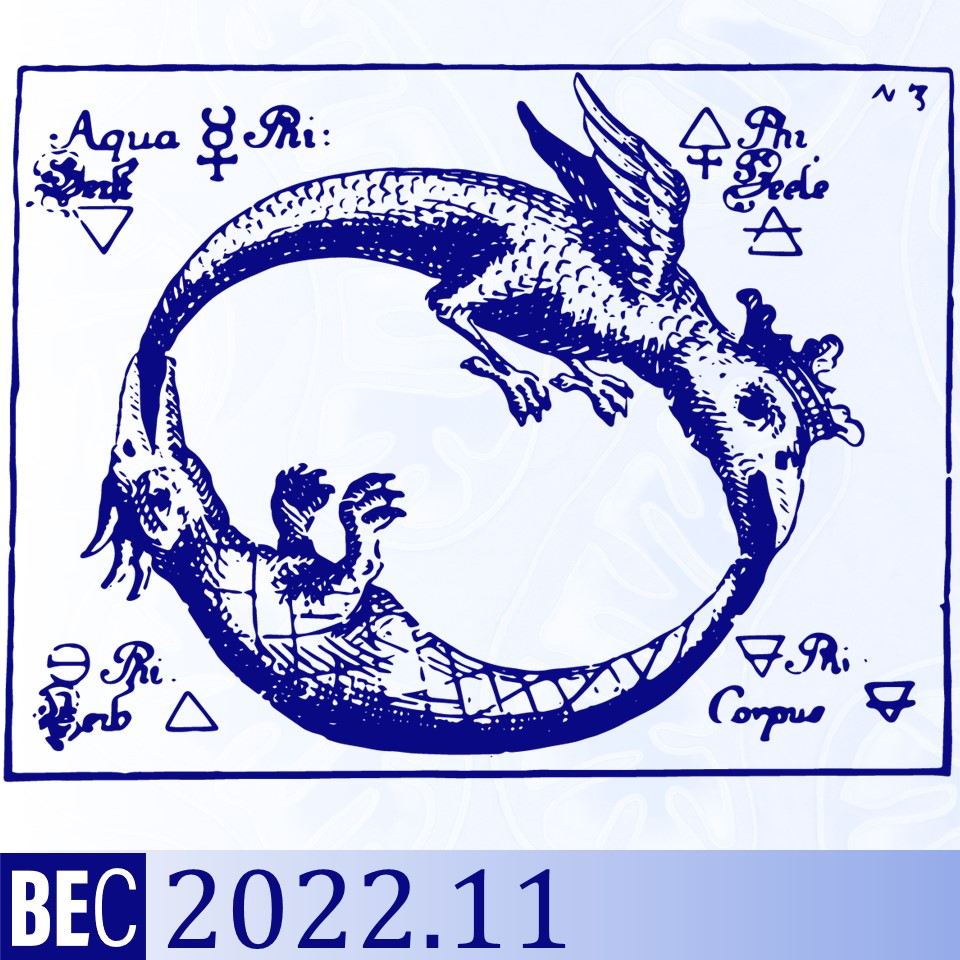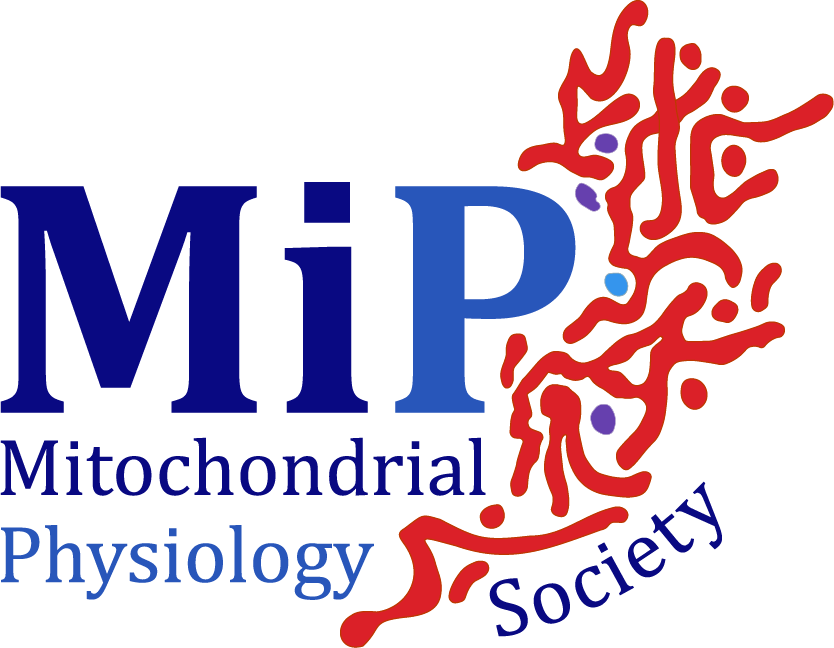Bioenergetics in human tongue pre-cancerous dysplastic oral keratinocytes and squamous cancer cells
DOI:
https://doi.org/10.26124/bec:2022-0011Keywords:
oral squamous cancer cells, mitochondria, interleukin 6, dysplastic oral keratinocytes, oxygen consumptionAbstract
In an endeavor to understand the metabolic phenotype behind oral squamous cell carcinomas, we characterized the bioenergetic profile of a human tongue derived cancer cell line (SCC-4 cells) and compared this profile to a pre-cancerous dysplastic oral keratinocyte (DOK) cell line also derived from human tongue. The human SCC-4 cancer cells had greater mitochondrial abundance but lower mitochondrial oxygen consumption rates than DOK cells. The lower oxygen consumption rate in SCC-4 cells can be partially explained by lower NADH-related enzymatic activity and lower mitochondrial complex 1 activity when compared to pre-cancerous DOK cells. In addition, SCC-4 cells have greater extracellular acidification rate (an index of glycolytic flux) when compared to DOK cells. In addition, treatment with recombinant human IL-6 (rhIL-6), known to drive anoikis resistance in SCC-4 cells but not DOK cells, impairs oxygen consumption in SCC-4 but not DOK cells, without affecting mitochondrial abundance. We conclude that SCC-4 cells have a less oxidative phenotype compared to DOK cells and that IL-6 attenuates mitochondrial function in SCC-4 cells while increasing glycolytic flux.
Cite:
Karavyraki M, Gnaiger E, Porter RK (2022) Bioenergetics in human tongue pre-cancerous dysplastic oral keratinocytes and squamous cancer cells. Bioenerg Commun 2022.11. https://doi.org/10.26124/bec:2022-0011

Additional Files
Published
License
Copyright (c) 2022 Marilena Karavyraki, Erich Gnaiger, Richard Porter

This work is licensed under a Creative Commons Attribution-NonCommercial-NoDerivatives 4.0 International License.



